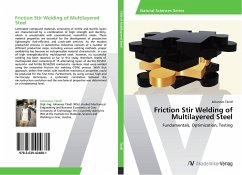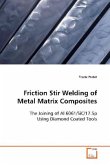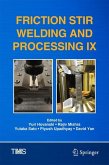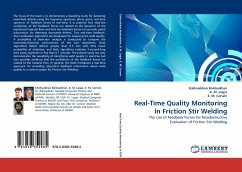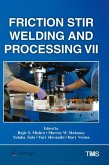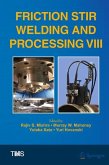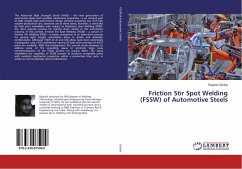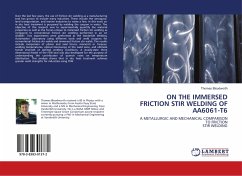Laminated compound materials consisting of brittle and ductile layers are characterized by a combination of high strength and ductility, which is unreachable with conventional, monolithic steels. These material properties are essential for the development of prospective lightweight, fuel-efficient, and crash-safe vehicles. As the modern production process in automotive industries consists of a number of different production steps, including various welding methods, proper weldability has become an indispensable material characteristic. In case of high strength/ductility multilayered steel, however, no successful welding has been reported so far. In this study, therefore, sheets of multilayered steel consisting of 15 alternating layers of ductile SUS301 austenitic and brittle SUS420J2 martensitic stainless steel were welded using the innovative friction stir welding (FSW) process. With that approach, defect free welds with excellent mechanical properties could be produced for the first time. Furthermore, by using various high-end microscopy techniques, a systematic correlation between the microstructure evolution and the mechanical properties was determined on a fundamental level.
Bitte wählen Sie Ihr Anliegen aus.
Rechnungen
Retourenschein anfordern
Bestellstatus
Storno

